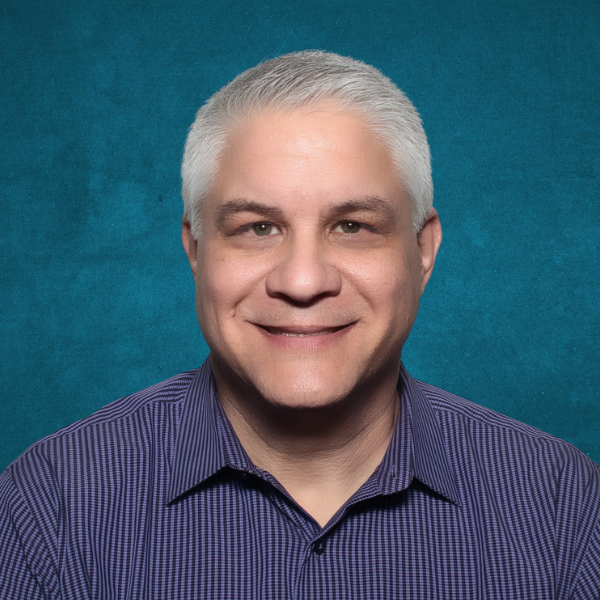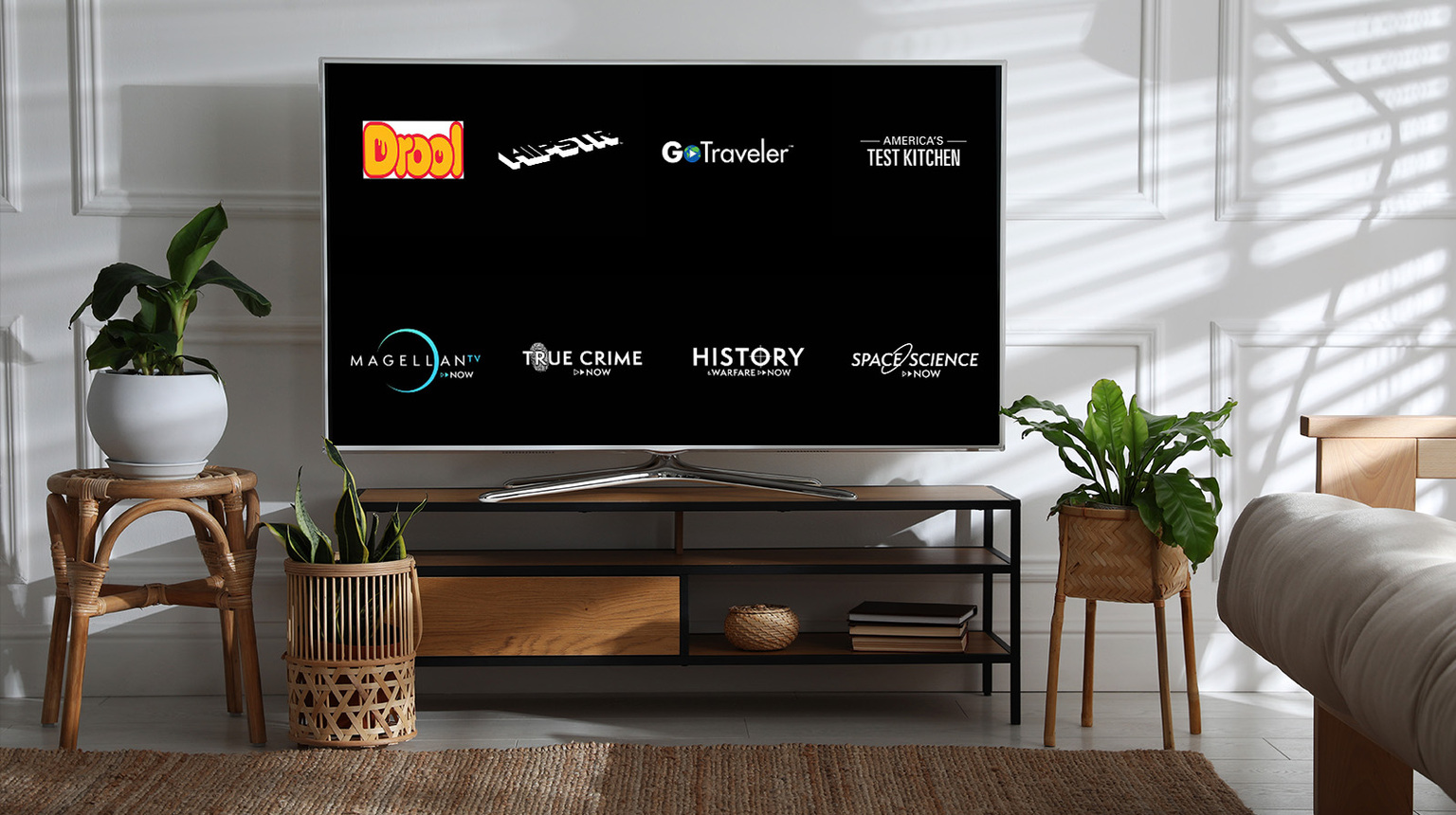NAB Show Welcomes Creators to Las Vegas
With more than half of attendees attending for the first time, show evolves to meet demands of the new media landscape

The National Association of Broadcasters welcomed the industry to its annual extravaganza last month in Las Vegas. The sights and sounds were similar to previous years, but the question asked by many attendees, perhaps more than ever, might have been “what, exactly, is a broadcaster?”
NAB itself suggested the significance of the changing content creation and distribution landscape when it announced that more than half of the 61,000 pre-registered attendees were first time visitors to the event.
For many exhibitors at the show, this is a welcome sign of the times.
Stan Moote, CTO of the International Association of Broadcast Manufacturers, a trade association for broadcast and media suppliers, spoke to dozens of members throughout the event. “As I’ve talked to our members, they’re saying they’re getting between 40-60% leads of people they’ve never had before,” Moote remarked. “From that standpoint, they’re very happy.”
Certainly, the creator economy, which NAB acknowledged this year with a dedicated exhibit floor destination and over 100 sessions during the conference, has changed how technology solution providers look at the market.
Let’s take a look at some of the key trends exhibitors and attendees alike were discussing at the show.
AI for the Win
In the days and weeks leading up to the show, industry insiders, vendors and media alike seemed unanimous in the opinion that talk of AI would win the day. Nearly 200 conference sessions referenced the technology in their respective descriptions and more than 200 exhibitors promoted AI in their directory entries. After spending four days walking the show floor and talking to attendees and exhibitors, it seems the buzz about AI may have already transitioned to the excitement level of mere table stakes.
Get the TV Tech Newsletter
The professional video industry's #1 source for news, trends and product and tech information. Sign up below.
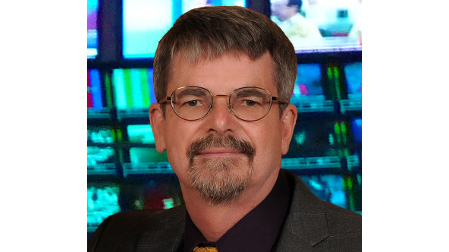
“There’s no question AI is incorporated into many products—but it just simply isn’t the main thing,” said Moote. “AI is powerful, but simply saying your product leverages AI isn’t really that significant. The important thing is how you’re leveraging it.”
Along those lines, the show floor featured exhibitors using AI for everything from generative techniques in content creation through more efficient ad serving technologies for linear programming and Free Ad-Supported TV (FAST) channels.
Perhaps the most exciting display of AI at the show was an exclusive appearance by Ameca. Developed by Engineered Arts in the UK, Ameca is an autonomous, AI-powered humanoid robot that can answer questions tossed its way and perform tasks, such as draw pictures, on demand.
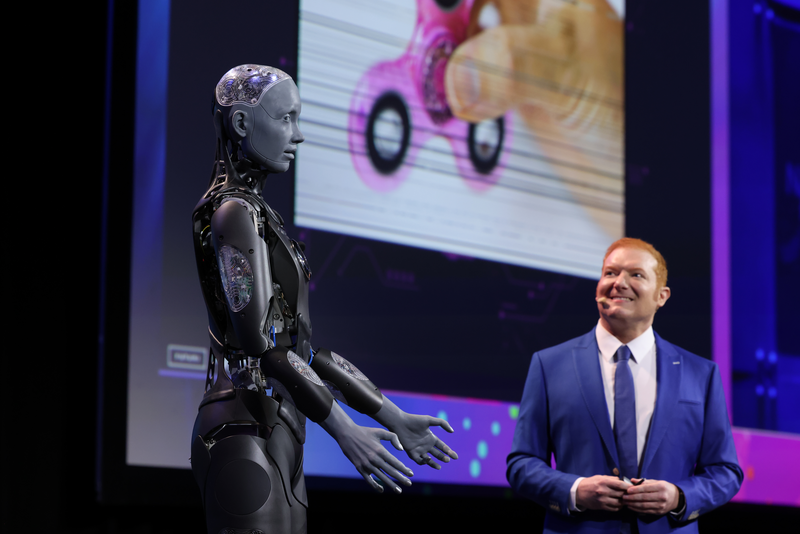
At its (her?) first public appearance at NAB, Ameca caused quite a stir, but not necessarily for the reasons her creators anticipated. When asked by an interviewer when “AI will reach the level where it can design itself,” Ameca replied, in part, “An AI that can design itself is one step away from an AI that doesn't need humans at all.”
Maybe some more programming is required.
AI wasn’t the only advanced technology showcased at the event. Other burgeoning capabilities, such as virtual and augmented reality were featured around the show floor, as well. One notable example was in the Grass Valley booth in Central Hall where the company featured an early tech demonstration that used Apple’s Vision Pro virtual reality headset to power a version of its AMPP vision mixer.
AI is powerful, but simply saying your product leverages AI isn’t really that significant. The important thing is how you’re leveraging it.”
Stan Moote, IABM
It’s early days for this type of functionality, but one couldn’t help feeling like a character in a Christopher Nolan sci-fi flick, dipping into the potential of these truly “virtual” production controls.
Cloud was Everywhere
It seems like just a few years ago that there was still some questions as to how critical the cloud would be to broadcast workflows. Well, a visit to just about any booth on the NAB floor would tell you those questions have been answered.
Concerns about security, throughput speed and latency that prevailed pre-pandemic have quickly been allayed by the allure of workflow flexibility and potential cost efficiencies.
AWS once again anchored the new West Hall boasting dozens of partner demonstrations of workflows from live production to automated playout—all featuring cloud-native applications. Not to be outdone, Google Cloud also had several key partners make announcements at the show, including Amagi, a leader in streaming broadcast and FAST channels, who announced pre-show that they had achieved 30% growth on Google Cloud-deployed channels in the last six months.
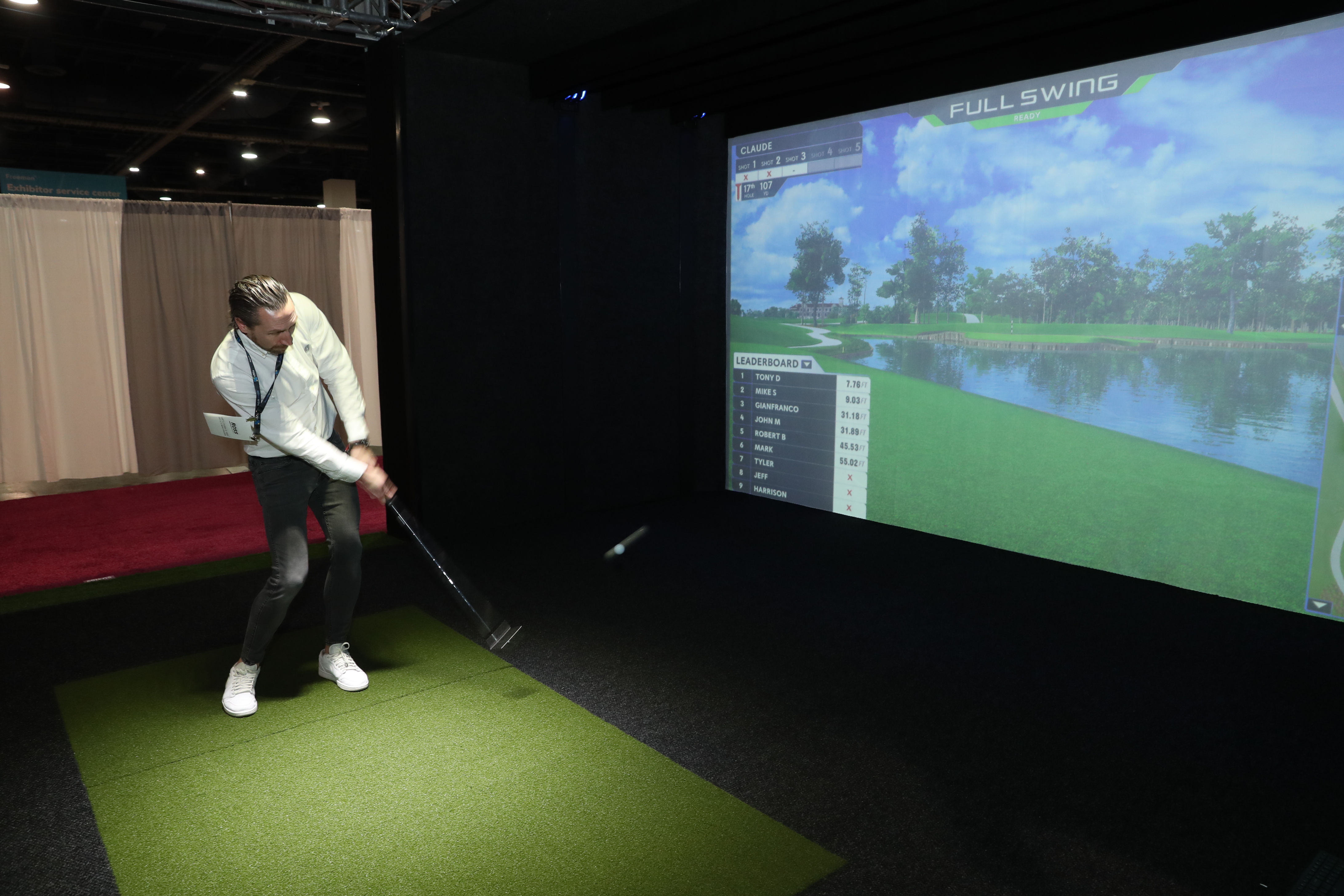
FAST channels have been among the most anticipated topics leading into this year’s event. As streaming platforms continue to tweak their subscription models and jockey for market position, the rise in popularity of ad-supported programming fills a need. In addition to Amagi, exhibitors throughout the convention center promoted their solutions for FAST to deal with everything from AdTech to simplified playout.
Backlight, and Wurl announced a partnership at the show they say provides “superior programming, CMS, and OTT management, distribution, and monetization capabilities for large and mid-market video publishers in the FAST and vMVPD (virtual multichannel video programming distributor) ecosystem.” Dozens of others, including AWS, MediaKind, Yospace and Harmonic talked about the importance of maintaining quality and improving ad relevancy as the lines between linear television and streaming continue to blur.
NextGenTV Progress
The NAB’s primary mandate is to advocate for over-the-air broadcasters and this group has some exciting tech of its own to tout these days. Earlier this year, it was announced that the latest OTA standard from the Advanced Television Systems Committee is available in over 75% of U.S. households. ATSC 3.0, which enables a high-bandwidth, feature-rich service under the NextGen TV brand that’s set to provide 4K, high dynamic range and advanced audio capabilities free, with compatible NextGen TV devices.
In addition to this alternative for cord-cutters, ATSC 3.0 is also being applied for the high-speed movement of data. During the show, Sinclair introduced its new Broadspan datacasting platform. Partnering with CDN provider Edgio, Sinclair unveiled the unique opportunity to test the promise of ATSC 3.0’s capabilities.
According to an announcement, the new platform can “deliver a true 4K experience to viewers, by supplementing streaming over the internet with over-the-air data. This takes advantage of the unique capability of ATSC 3.0 to converge broadcast and broadband seamlessly. Broadspan’s ability to deliver the extra bits to the customer over the air is a game changer.”
Media Tech Sustainability
NAB Show attendees were also able to explore the impact their work has—and will have, on the ecology. The “Sustainability in Media 101 Workshop, “produced by Media Tech Sustainability Series (the brainchild of industry veterans Lisa Collins and Barbara Lange), provided discussion and workshops about the ways content creators and distributors can reduce their carbon footprints and adjust workflows to improve the impact their work leaves on our world.
Kate Ford, PR strategist and content developer at industry firm Jump PR said, “We’re at the start of this journey and it was truly inspiring to be in a room with so many knowledgeable people … for years companies in industries across every sector have been focused on growth and profit without a real focus on how that growth affects the climate. But it doesn’t have to be that way, and regulations are fast developing to ensure businesses are accountable for their environmental footprint.”
With the Las Vegas Convention Center under construction, visitors to the show had to replace the North Hall with the South on their itineraries. The North Hall will return for the 2025 show with the Central Hall closed for construction. Next year's event is scheduled for April 6-9.
This article was updated May 3, 2024.
David Cohen is a longtime member of the media technology community, having worked in strategy and marketing for some of the most influential solutions providers in the industry including Harris, Miranda and Grass Valley. He’s currently president of Pinpoint Consulting LLC, a firm that specializes in improving executive-level communications and assisting in brand transformations.
